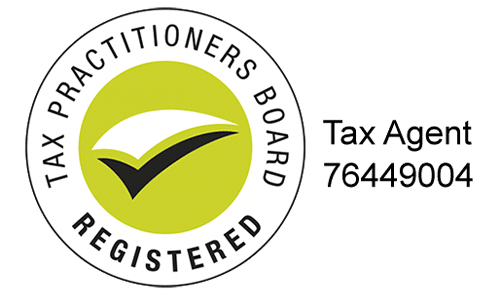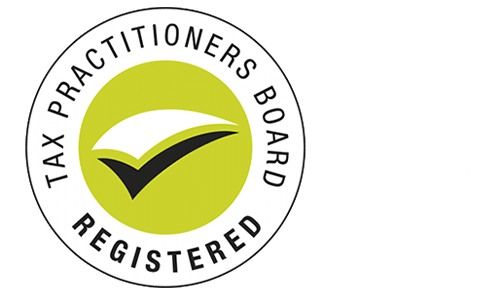The Australian Securities and Investments Commission (ASIC) has reminded small and medium entities to be conscious of the new sustainability reporting process and the potential impact on value chains.
The new mandatory annual sustainability reporting process has been effective since January 1, 2025, and exclusively targets large entities. Currently, only entities that meet two or more of the below criteria must submit annual reports:
- Consolidated revenue: $500 million or more
- EOFY consolidated gross assets: $1 billion or more
- EOFY employees: 500 or more
By July 1, 2027, these criteria will be reduced to:
- Consolidated revenue: $50m or more
- EOFY consolidated gross assets: $25m or more
- EOFY employees: 100 or more
As part of the annual reporting process, large entities that meet the above criteria are required to report on their scope 3 emissions, which are emissions produced within their supply chains. This means that though only large entities must submit reports to ASIC, SMEs within their supply chain will be expected to produce emissions data for the large entities to meet their reporting obligations.
Scope 3 encompasses emissions produced both upstream and downstream of the reporting entity, including those produced by manufacturers, suppliers, distributers and customers.
Impacts and opportunities
These changes have the potential to dramatically shift the role of SMEs within the value chains of large entities. SMEs may be faced with increasing pressure to provide timely and accurate emissions data. This could lead to higher operational cost, cash flow disruptions and resource allocation issues.
If SMEs struggle to provide this data, reporting entities may choose to seek alternative options to diversify their supply chain away from smaller entities.
While these changes present challenges, there are also opportunities for SMEs to strengthen their roles within the supply chain via early adaptation. Large entities will be more likely to work with SMEs that can provide the necessary data, so entities that are familiar with the process and capable of providing will have a distinct advantage, particularly as the reporting criteria narrows within the coming years.






